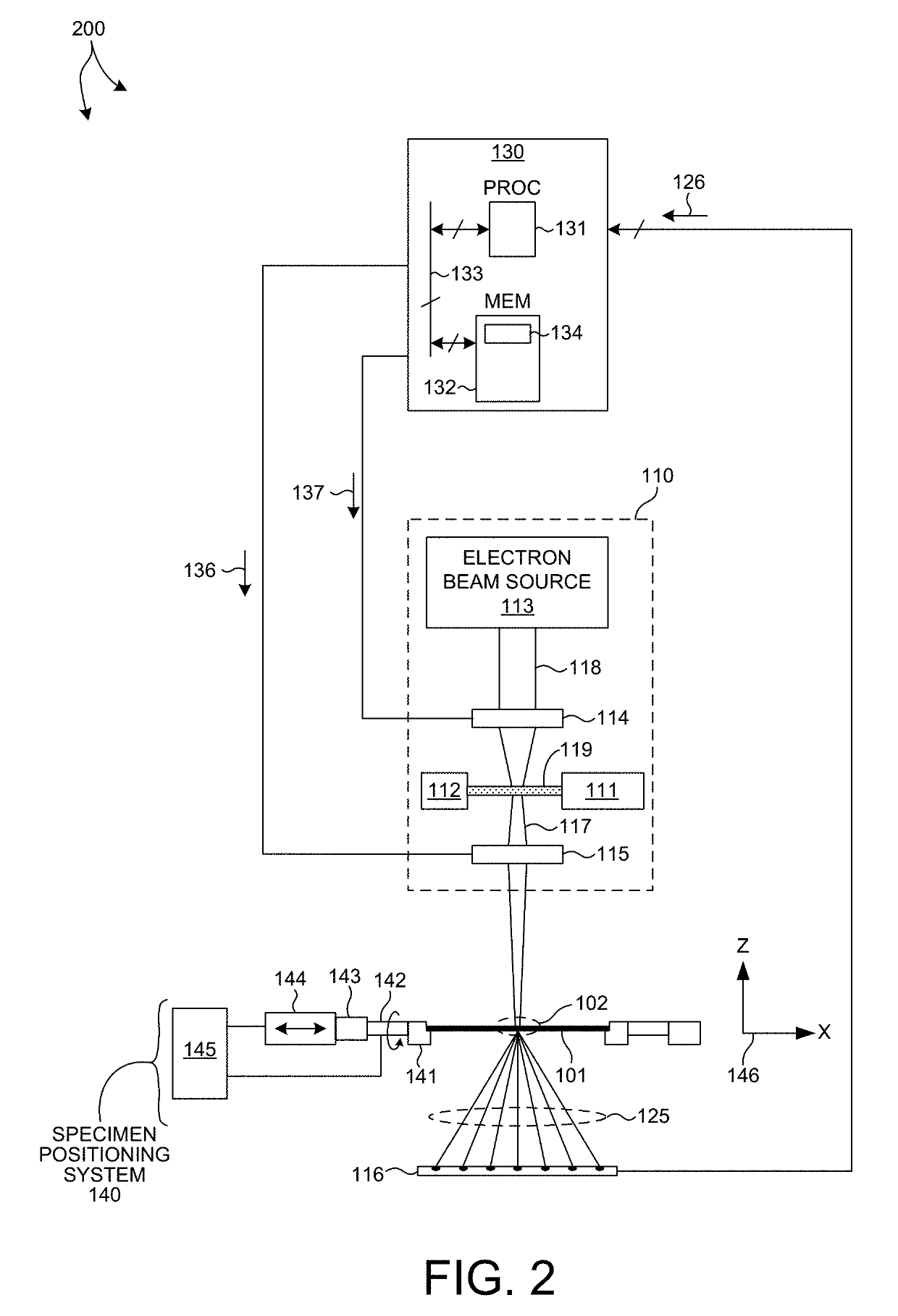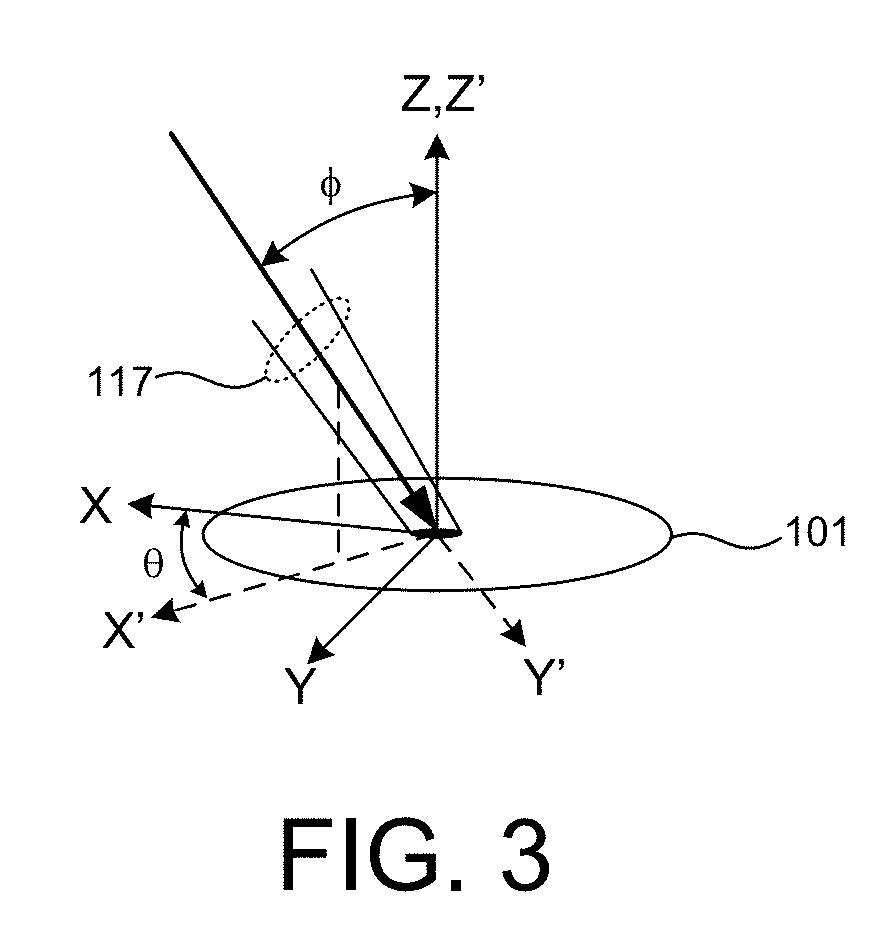Methods And Systems For Real Time Measurement Control
a measurement control and real-time technology, applied in the field of metalrology systems and methods, can solve the problems of difficult optical radiation penetration to the bottom layer, difficult characterization, and increased difficulty in characterization, so as to reduce the effect of surface roughness
- Summary
- Abstract
- Description
- Claims
- Application Information
AI Technical Summary
Benefits of technology
Problems solved by technology
Method used
Image
Examples
Embodiment Construction
[0044]Reference will now be made in detail to background examples and some embodiments of the invention, examples of which are illustrated in the accompanying drawings.
[0045]Methods and systems for improved measurement recipe generation to characterize dimensions and material properties of semiconductor structures are described herein. A metrology tool includes a wide array of measurement options. Measurement performance varies for each measurement option and measurement application. An improved measurement recipe identifies a minimum set of measurement options that increases wafer throughput while meeting measurement uncertainty requirements.
[0046]Metrology systems and techniques are employed to measure structural and material characteristics associated with different semiconductor fabrication processes. In some examples, optimized measurement recipes are employed for x-ray scatterometry measurements of critical dimensions, thicknesses, overlay, and material properties of high aspe...
PUM
| Property | Measurement | Unit |
|---|---|---|
| size | aaaaa | aaaaa |
| size | aaaaa | aaaaa |
| size | aaaaa | aaaaa |
Abstract
Description
Claims
Application Information
 Login to View More
Login to View More - R&D
- Intellectual Property
- Life Sciences
- Materials
- Tech Scout
- Unparalleled Data Quality
- Higher Quality Content
- 60% Fewer Hallucinations
Browse by: Latest US Patents, China's latest patents, Technical Efficacy Thesaurus, Application Domain, Technology Topic, Popular Technical Reports.
© 2025 PatSnap. All rights reserved.Legal|Privacy policy|Modern Slavery Act Transparency Statement|Sitemap|About US| Contact US: help@patsnap.com



